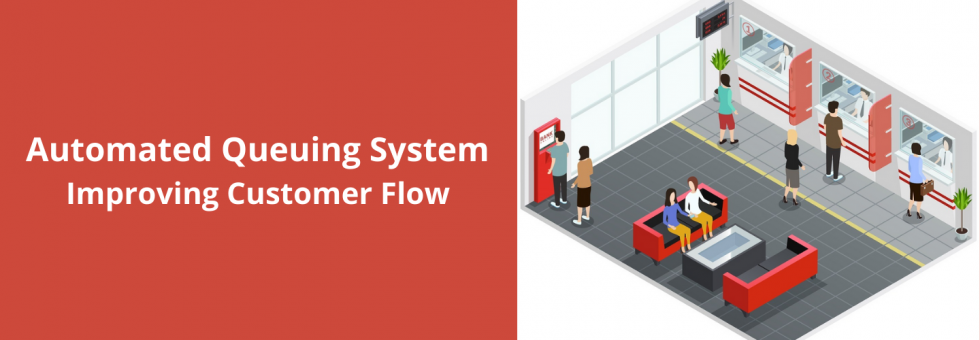The automated queuing system is a way to ensure that customer management is done effectively. For example, banks use this system to manage customer flow. Using complex queuing algorithm, the system or the software is able to understand the queue and decide how to handle the customers.
The objective of using premium quality queuing software is to understand the number of customers who are being serviced, the number of customers who are waiting in the queue at a given point in time and update the customer support team about the same in the real-time. The system also interprets the waiting time of the customers which is a significant data for the manager to analyse and deduce methods to optimize the waiting time.
Other than optimizing the wait times and thereby serving customers more proficiently, the queuing system is also used to set up critical levels where alarms can be raised if the levels are crossed. The good thing is that it automates a process that organizations were engaged in doing manually till few years back – interpreting customer queue data to manage footfalls in better and more coordinated manner.
Automating the queuing system helps organizations deliver effective customer service. Advantages are many:
- Reduction in wait times is one of the important aspects of the automated system. It helps in elevating customer satisfaction levels because a staff is able to offer services in optimized and prompt manner.
- Besides, this is one of the proven ways of making your staff more efficient and productive. It undoubtedly helps with staffing related issues and preparing the rooster. Once, you use the automated queuing system, you are able to understand the exact number of staff members required at various customer handling terminals and checkout points.
- One thing that companies fail to understand is the way the superior customer experience is going to translate into increased customer loyalty because of higher satisfaction levels. Also, it encourages customers to come to the store more often, thereby creating avenues for the retail outlet to capitalize on. More the customers come in, the more they will be spending on purchasing items – which means good business for the outlet.


